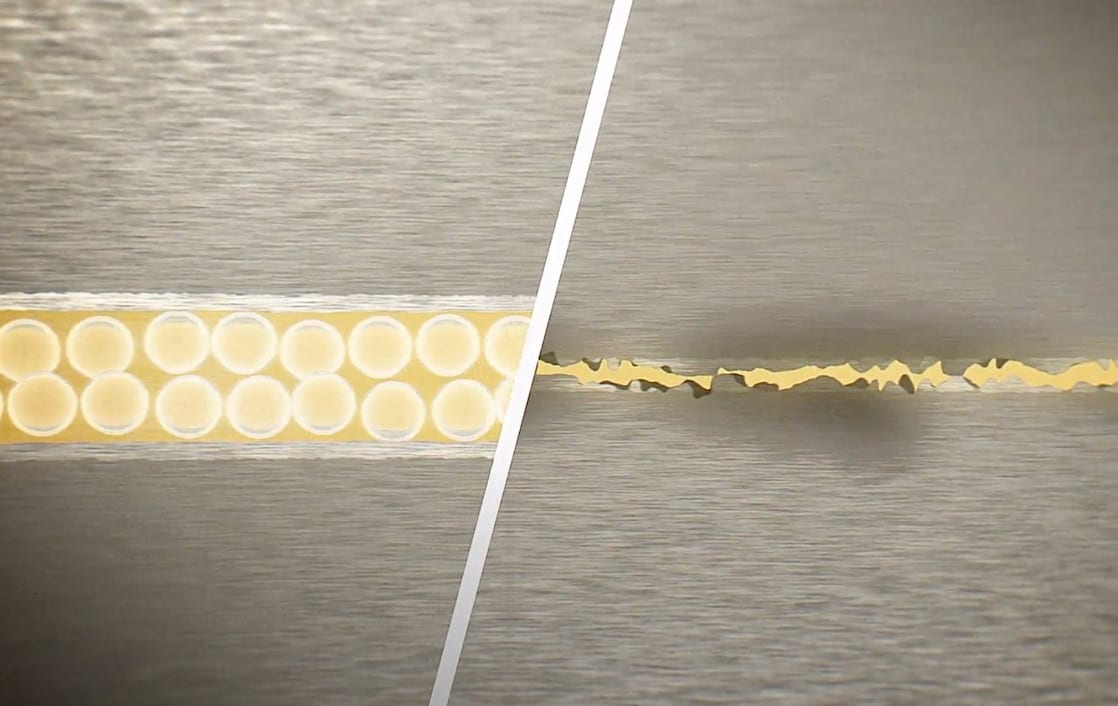
What Causes Engine Wear and Tear?
It can lead to loss of power and ultimately engine failure. Here’s what you need to know about microscopic engine wear and tear – and how to slow it down.
Engine wear and tear is inevitable over time. Yet you can control the rate of wear and maximize the life and performance of your engine with the right know-how and engine oil. ‘When we talk about wear and tear for a heavy-duty engine, or any engine, we tend to mean the things that are detrimental to the performance level we've come to expect from that piece of finely-tuned equipment,” explains Dr Jason R Brown, Global Technology Manager for Heavy Duty Diesel Engine Oils at Shell.

1) Adhesive wear
When metal engine parts begin to touch without a good lubricant between them, the metals themselves literally start rubbing together to form asperities – microscopic ‘rough spots’ – on the metal surface.
While it looks and feels perfectly smooth, anywhere those tiny asperities develop can make the metal even hotter because they're rubbing more against the other surface. As soon as you allow the parts to stop rubbing against each other – when you switch off the engine, for example – the heat created can then fuse the tiny asperities together.
“So adhesive wear is literally where you've stopped the engine and allowed these asperities to weld together. Then you start the engine again. And you literally break off those asperities between the metal parts,” explains Jason.
2) Abrasive wear
Abrasive wear is exactly like it sounds – two surfaces scratching against each other. It can be caused by several factors, including adhesive wear.
Another is when metal surfaces have a deposit buildup that’s started to scrape at the metal of the other surface. That scraping breaks off microscopic parts of the surface material that now move between the metal parts, wearing away at both surfaces.
A third cause of abrasive wear is using an oil that’s too thin – because it doesn’t allow the machine parts to be fully separated.
3) Corrosive wear
“When you burn fuel, the typical outcome of that combustion event is carbonaceous CO2, which we tend to think is bad. But it also creates water,” explains Jason.
That's why you sometimes see a few drops coming out of a tailpipe. That's condensation from the combustion event. Some of that water gets passed to the rings around your piston and down into the oil. Over time, that water can cause the oil itself to break down.
Let’s also remember that when an engine is running, you're burning hydrocarbons. They, in turn, produce organic acids. Even the air has nitrogen and sulphur compounds which can also react with the small amount of oil in the piston to produce more acids.
“All these acids find their way into the engine oil, where they can dissolve the metal. They literally eat away at the metal surface,” reveals Jason.
High quality engine oils, such as Shell Rotella’s range, help protect engines from corrosive wear by neutralizing or stopping the production of these types of acids.
4) Fatigue wear
Heat a piece of metal and there's a small amount of thermal expansion that contracts when it cools.
If, over time, as the metal expands and contracts, a small opening forms in the metal – like a crack – a deposit can get in there. As a result, that part doesn’t expand and contract at the same rate as the metal any more. This can actually force the metal to crack.
Think of a cold climate. There's a lot of snow. It melts and flows into small cracks in the road, then it freezes. Water expands when it freezes. As it presses against the road, it cracks it.
“That same kind of phenomenon can happen in the engine. And yes, over time, those cracks can cause pieces of the metal to break off,” says Jason.

How does motor oil prevent engine wear and tear?
A heavy-duty engine, like any internal combustion engine, has lots of moving, metal parts that are sliding and touching against each other.
The space and tolerance between them is extremely small. But it’s enough to allow a thin film of lubricant, that in turn allows the two metal parts to move against each other without touching. It’s the same phenomenon as the effect of moisturizer on dry skin.
More wear in the engine causes those tight tolerances to loosen. It creates more space, making it harder for the oil to seal the various areas of moving parts in the engine.
“Ultimately, all wear and tear can lead to complete loss of engine performance,” says Jason. “But along the way, it's loss of power efficiency and loss of fuel efficiency that you also face.”
Shell Recommends
You May Also Be Interested In



